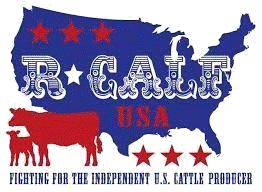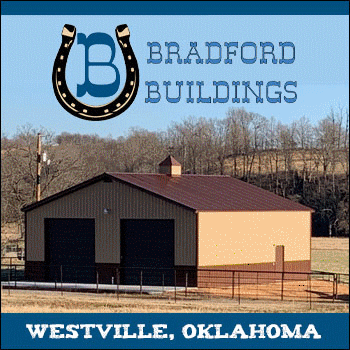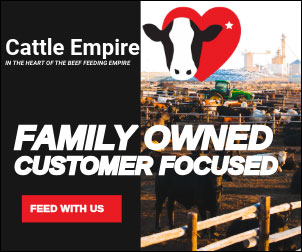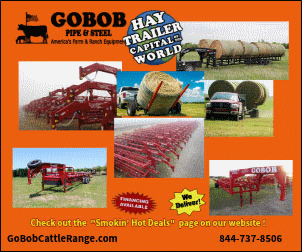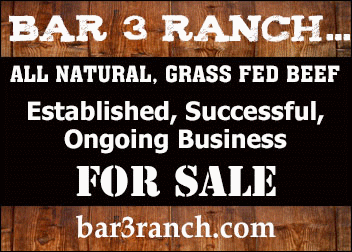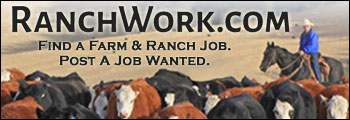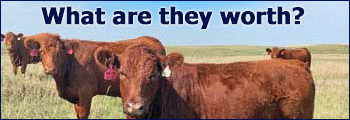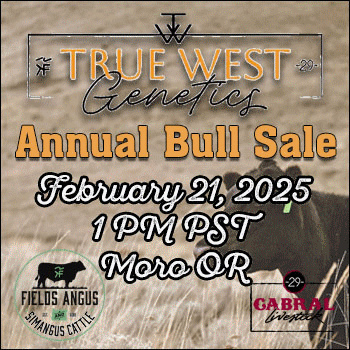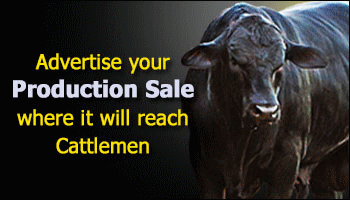Commentary by Bill Bullard, CEO, R-CALF USA
United States cattle producers with an interest in strengthening the economic position of their individual farms and ranches and in ensuring the health and safety of the U.S. livestock herd would not knowingly support policies that conflict with their own interests and goals.
For example, cattle producers wouldn’t support opening the U.S. border to a country not free of foot-and-mouth disease (FMD), especially when the U.S. Department of Agriculture (USDA) forecasts that allowing beef from such a country would cause U.S. cattle producers to lose millions upon millions of dollars. But the U.S. border was opened to fresh beef from Brazil, Argentina, Uruguay, Paraguay and even Namibia–none of which are free of FMD and all of which were projected to lower domestic cattle prices.
If it wasn’t cattle producers who pushed for these policies, then it must have been the global beef packers.
And what about the policy of requiring beef to be labeled with a country of origin label? Clearly U.S. cattle producers want to differentiate their superior beef from imported beef in retail stores. In fact, they demonstrated their support in both the 2002 and 2008 farm bills, during which they helped pass mandatory country of origin labeling (MCOOL) and then improved it, respectively.
But this widely supported, commonsense policy was later repealed by Congress–not at the behest of cattle producers, but by globalists at the World Trade Organization and global beef packers.
There are many more cattle policies that shape the framework for our U.S. cattle industry in contradiction to the financial and economic interests of cattle producers. Here’s some:
- Allowing global beef packers to capture over 80 percent of the fed cattle market.
- Entering free trade agreements with Canada, Mexico, and Australia, effectively encumbering the U.S. with a huge trade deficit.
- Relaxing health and safety standards so importing countries don’t have to meet the same food safety and inspection requirements that the U.S. cattle industry must meet.
- Implementing a regulation depriving cattle producers of choice by mandating the exclusive use of electronic identification eartags.
- Non-enforcement of antitrust laws.
- The absence of implementation rules for the Packers and Stockyards Act.
- A mandatory beef checkoff program that funnels producer dollars to groups that advocate for eating less beef, such as the World Wildlife Fund.
- No enactment of new tariffs when importing countries persistently exceed their established import quotas.
- Allowing global packers to thin the industry’s most important price discovery market, relegating it incapable of establishing a competitive price.
- And very recently, reopening the Mexican border twice, even though no one yet knows the true risk Mexico poses for introducing New World Screwworm into the United States.
These policy initiatives run counter to the financial and economic self-interests of independent cattle producers and their domestic cattle industry. And yet, they were all supported by global beef packers and/or their allied organizations.
So how did global beef packers gain such outsized influence over the U.S. cattle industry and its independent cattle producers?
A contributing factor was overreach by the USDA that had exceeded its administrative authority by engaging in the act of legislating.
In 1985, Congress passed the beef checkoff program. The law states that the disbursement of mandatory producer dollars would be decided by two groups: independent cattle producers appointed by the secretary and “a federation” consisting of cattle producers who were also directors of state beef councils. Congress did not identify who the “federation” was; it only stated that it includes as members the qualified state beef councils.
If Congress intended to designate a specific entity as the federation, it would have done so–but it didn’t. It was the USDA that did what Congress chose not to do. In regulation, the USDA designated the Beef Industry Council, consisting of global beef packers, as the “Federation.” It also designated any successor to the Beef Industry Council as the Federation. This paved the way for the National Cattlemen’s Association to merge with the Beef Industry Council in 1996 to become both the National Cattlemen’s Beef Association (NCBA) and the new Federation.
So, since 1996, the NCBA and global beef packers have been influential in both deciding how to disburse mandatory producer dollars and they’ve been the principal recipient of those mandatory dollars.
And more: In addition to the influence the beef packers gain from being a part of the NCBA trade association, they also have their own trade association that represents beef packers’ interests–the North American Meat Institute.
Thus, the global beef packers have created redundancy to solidify their influence over cattle policies through both their exclusive packer trade association, the NAMI, and their dual producer-packer association, the NCBA.
And now you know.
Articles on The Cattle Range are published because of interesting content but don't necessarily reflect the views of The Cattle Range.
